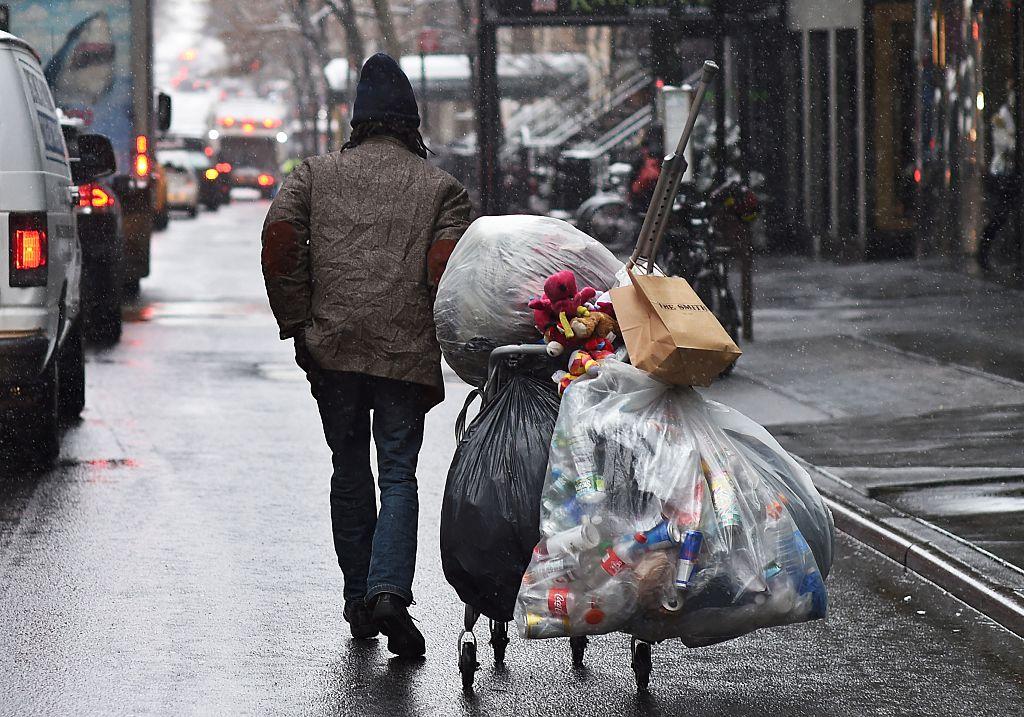Resistance to antibiotics is a growing phenomenon and has become one of the world’s most serious public health concerns. Antibiotic resistance is a form of drug resistance in which some bacteria are able to survive the administration of one or more antibiotics. This phenomenon is a consequence of misuse and overuse of antibiotics in medicine and in livestock feed. As a result of this, there is a growing presence of “superbugs”— microorganisms, mostly bacteria, that carry several antibiotic-resistance genes.
The seriousness of the problem is underscored by the World Health Organization (WHO), which in a recent report has called this phenomenon a “global threat.” The WHO report follows a 2013 U.S. Centers for Disease Control and Prevention (CDC) report, which showed that 2 million people in the United States are infected annually with antibiotic-resistant bacteria, and 23,000 people die each year from them. Last year, Dr. Sally Davies had called the problem a “ticking time bomb” and said that it probably will become as important in the magnitude of its effects as climate change.
As a result of antibiotic resistance and the increasing number of superbugs, common infections that formerly could be treated without major problems have become untreatable. In 2012, the WHO reported 450,000 cases of tuberculosis in 92 countries where multiple drugs used to treat them were found ineffective.
A similar situation may happen with gonorrhea, with the serious public health consequences it implies. Sexually transmitted gonorrhea is now increasing worldwide, and so is its resistance to antibiotic treatment.
“Effective antibiotics have been one of the pillars allowing us to live longer, live healthier, and benefit from modern medicine. Unless we take significant actions to improve efforts to prevent infections and also change how we produce, prescribe, and use antibiotics, the world will lose more and more of these public health goods, and the implications will be devastating,” said Dr. Keiji Fukuda, the WHO’s assistant director general for health security.
The new WHO report has gathered information on antibiotic resistance from 114 countries. The problem is particularly serious because no new antibiotics are being developed. As Dr. Danilo Lo Fo Wong, senior adviser on antimicrobial resistance to the WHO Europe has indicated, “New antibiotics coming into the market are not really new. They are variations of those we already have.” The last completely new class of antibacterial drugs was developed 27 years ago, according to the report.
Many bacteria acquire the ability to destroy antibiotics to protect themselves. They develop a gene for antibiotic resistance to one or more antibiotics by developing a mutation that results in the production of enzymes that inactivate the antibiotics. And the bacteria accumulate resistance by developing new genes. In a strange twist of fate, genetics can work against us. Thus, any time a person uses an antibiotic without proper indication or for a shorter time than needed, it is promoting the development of antibiotic resistance.
Sir Alexander Fleming, who discovered penicillin, warned about this danger in his 1945 Nobel lecture when he said, “The time may come when penicillin can be bought by anyone in the shops. Then there is the danger that the ignorant man may easily underdose himself and by exposing his microbes to non-lethal quantities of the drug make them resistant.”
In addition, the widespread use of antibiotics in livestock feed to help them grow better and put on more weight increases the magnitude of the problem. When livestock excrete the antibiotics they are largely not broken down. They then enter the environment through the ground and water and, when newly ingested by humans they retain the capacity to promote antibiotic resistance. Thus, the resistant bacteria in animals due to their exposure to antibiotics in their feed can be transmitted to humans via three pathways: consumption of animal products, close contact with animals, and through the environment.
In 2001, the Union of Concerned Scientists estimated that more than 70 percent of the antibiotics used in the United States are given to animals in their food. Despite the WHO’s warning that the use of antibiotics in animal husbandry should be prohibited, they continue to be used without restraint.
With fewer drug options, the most negatively affected are the poor and those that lack health insurance, circumstances that limit the search for the most effective treatment.
The WHO, the medical charity organization Médecins Sans Frontières (Doctors Without Borders), and experts worldwide have stated that a global plan for the rational use of affordable antibiotics is urgently needed. To ignore their advice is to sow the seeds of our own destruction.
Dr. César Chelala is an international public health consultant and a co-winner of an Overseas Press Club of America award.




